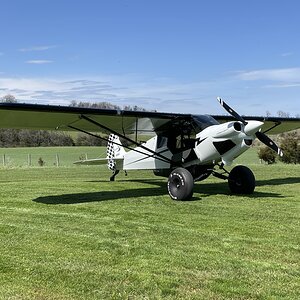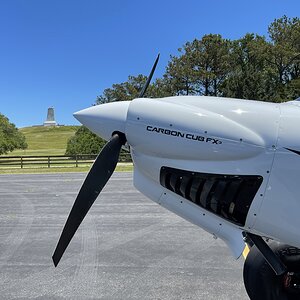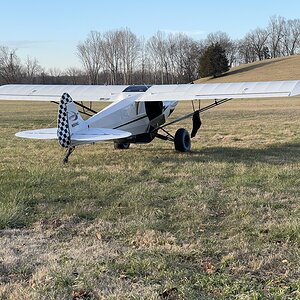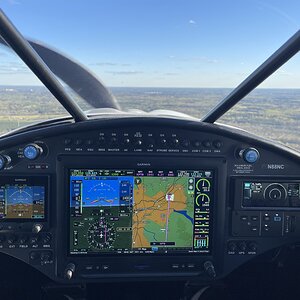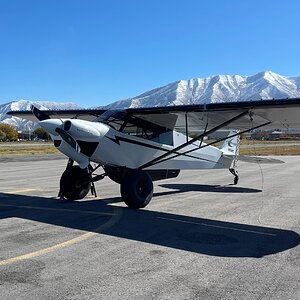I've seen the CRJ iced up pretty badly once or twice. When it looked iced up pretty bad, it handled pretty good.
I've had it get a bit unstable in the pitch attitude once, while shooting an approach in moderate icing. When the flaps went to 45, it was a handful. After getting it trimmed, it flew much better.
The people I talked to, whose credentials, knowledge, and opinion I would never question, agreed with my synopsis that keeping the CRJ as perfectly trimmed during an approach in icing conditions is a must.
Yes I know that keeping any transport category aircraft trimmed is showing proper airmanship, but this thing will bite you with little or no warning if she decides you're not treating her right.
Think of the fact that the stab-trim is moving the whole horizontal stabilizer, compared to the elevator moving a much smaller surface. When ice disrupts the airflow over the tailplane, I'd rather be moving the big piece than the small one.

